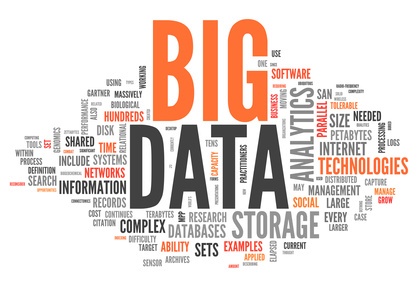Big Data can reveal amazing insights and now includes predictions on where crime is going to happen
Crime has patterns just like everything else humans do when we’re viewed as a large enough group. Thus, while individual behavior can be hard to predict, determining the average behavior of a population and then matching individuals to that template to determine “fit” can be surprisingly accurate.
This is the world of predictive analytics; the scientific version of a crystal ball. Instead of peering into a glass globe you peer into (ideally) massive amounts of data and using Big Data mining techniques such as statistics, modeling, and machine learning you look for patterns that are indicative of current or future behavior.
Predictive analytics has become very sexy over the last few years and has produced some impressive insights into human behavior and, occasionally, problematic revelations (see footnote below).
A recently published paper entitled Once Upon a Crime: Towards Crime Prediction from Demographics and Mobile Data discusses the use of mobile phone data and demographic data to predict crime geographically:
The main contribution of the proposed approach lies in using aggregated and anonymized human behavioral data derived from mobile network activity to tackle the crime prediction problem. While previous research reports have used either background historical knowledge or offenders’ profiling, our findings support the hypothesis that aggregated human behavioral data captured from the mobile network infrastructure, in combination with basic demographic information, can be used to predict crime. In our experimental results with real crime data from London we obtain an accuracy of almost 70% when predicting whether a specific area in the city will be a crime hotspot or not. Moreover, we provide a discussion of the implications of our findings for data-driven crime analysis.
This was derived from “anonymized and aggregated human behavioral data computed from mobile network activity in the London Metropolitan Area
This all sounds pretty good but there is a potential downside; anonymized data often isn’t that anonymous so actually tracking specific people could be possible and could lead to abuse in real world deployments.
Even so, it’s probable that predictive analytics for geolocating future crime areas will become an accepted and valuable law enforcement technique.


